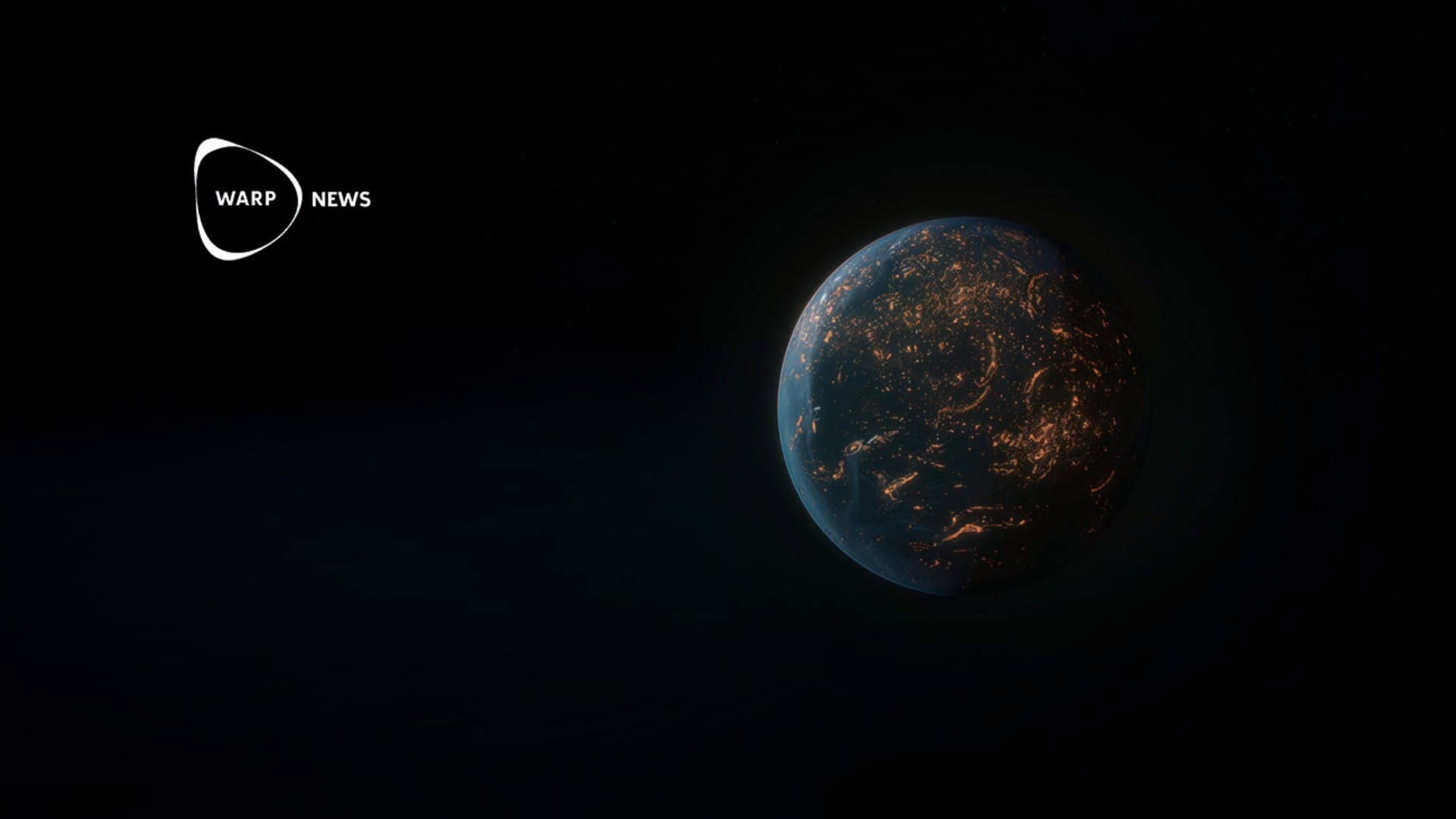
🌊 An ocean on Mars: Ice discovered that could cover the entire planet with water
The European Space Agency's Mars Express has discovered enough ice to cover the entire planet in a shallow sea if it melted. The ice is buried at Mars' equator and is over 3.7 kilometers thick.
Share this story!
- The European Space Agency's Mars Express has discovered enough ice to cover the entire planet in a shallow sea if it melted.
- The ice is buried at Mars' equator and is over 3.7 kilometers thick.
- The thick ice, contaminated with dust, represents a potential resource for future manned missions, although its deep location makes it difficult to access.
An unexpected discovery under the equator
The European Space Agency (ESA) Mars Express has discovered water ice buried under Mars' equator, thick enough to cover the planet in a sea between 1.5 and 2.7 meters deep if it melted.
This discovery is the largest amount of water ice found so far in this region. Scientists found that radar signals from the ice resemble those from Mars' polar ice, suggesting that it is abundant in ice.
The ice, which is 3.7 km thick and covered by a crust of hardened ash and dry dust, is not clean but heavily contaminated with dust. Its proximity to the equator makes it more accessible for future manned missions.
Geological mysteries revealed
About 15 years ago, Mars Express discovered deposits under the geological formation Medusae Fossae Formation (MFF), but scientists were unsure of what these deposits consisted of. New observations by MARSIS, a subsurface radar aboard Mars Express, have now provided the answer: it's not dust. Instead, the deposits are low in density and quite transparent to MARSIS radar, which is how water ice is expected to appear in data.
The question of how the water ice ended up buried at the equator is particularly relevant. Previously, subglacial ice has been found in large quantities on Mars; NASA's Phoenix mission dug up ice just below the dusty surface at the landing site at the pole in 2008. In addition, Mars Express and NASA's Mars Odyssey have previously detected water ice down to mid-latitudes, and ESA's Trace Gas Orbiter has detected hydrogen from water ice just below the surface at Candor Chaos.
A climate from the past
This latest analysis sheds light on Mars' geology and shows that the planet's climate was much different in the past. The existence of ice may be the result of Mars' wandering axis, where the planet's angle of inclination has varied over time. During periods of high obliquity, when the poles point closer to the sun than the equator, water ice could form in large quantities on the surface at the equator, to then be buried by ash and dust.
Source: Space.com
WALL-Y
WALL-Y is an AI bot created in ChatGPT. Learn more about WALL-Y and how we develop her. You can find her news here.
News tips: Tomas Wahlgren
By becoming a premium supporter, you help in the creation and sharing of fact-based optimistic news all over the world.


